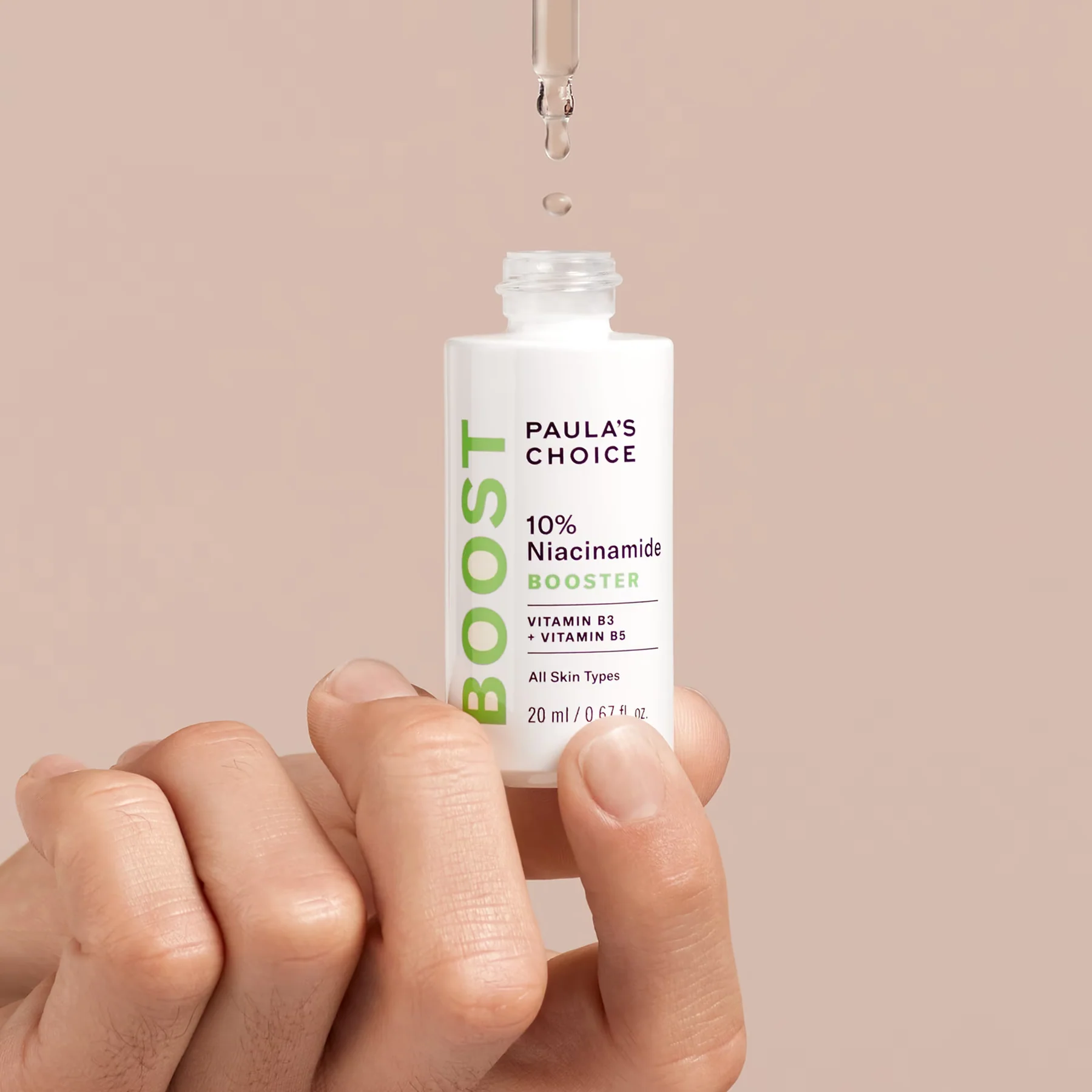
When it comes to combining skincare ingredients, some work harmoniously to enhance your skin’s health, while others may cause irritation if layered incorrectly. Niacinamide and azelaic acid are two potent ingredients that target different skin concerns but are often used together for maximum benefit. But the question remains: can niacinamide and azelaic acid be applied simultaneously?
Before we delve into how these ingredients work together, let’s review their individual benefits and properties.
What is Azelaic Acid?
Azelaic acid is a naturally occurring compound found in grains like barley, wheat, and rye, as well as in the yeast on the skin’s surface. Despite some confusion, it is not a member of the alpha-hydroxy acid (AHA) or beta-hydroxy acid (BHA) families but is known for its gentle exfoliating effects on the skin.
Exfoliation: Azelaic acid helps remove dead skin cells and debris, clearing clogged pores and preventing blemishes like blackheads.
Antibacterial: It’s highly effective against Propionibacterium acnes (P. acnes), the bacteria responsible for acne breakouts.
Anti-Inflammatory: Azelaic acid reduces inflammation, making it an ideal treatment for conditions like rosacea, acne, and other inflamed skin concerns.
Hyperpigmentation: It helps lighten dark spots and uneven skin tone, leading to a brighter, more even complexion.
Antioxidants: Packed with antioxidants, azelaic acid shields the skin from oxidative stress caused by environmental factors like pollution and UV exposure.
Typically, azelaic acid concentrations range from 15% to 20%, with lower strengths found in over-the-counter products. To learn more about azelaic acid, be sure to check out our full blog post.
What is Niacinamide?
Niacinamide, also known as nicotinamide, is a form of vitamin B3 that can be sourced from foods like brewer’s yeast, fish, and grains. It’s an incredibly versatile ingredient with a broad range of benefits.
Collagen Production: Niacinamide stimulates collagen synthesis, helping the skin appear plumper and reducing the appearance of fine lines and wrinkles.
Hyperpigmentation: Niacinamide reduces the transfer of melanin to skin cells, which helps prevent new dark spots from forming and lightens existing ones.
Oil Control: It regulates sebum production, making it especially beneficial for those with oily or acne-prone skin.
Antioxidant Protection: Niacinamide offers strong antioxidant protection, shielding the skin from damage caused by free radicals.
Anti-Inflammatory: It calms redness, irritation, and uneven skin tone, improving overall texture and clarity.
Improved Skin Tone: It accelerates cell turnover, promoting a more even, radiant complexion.
For more detailed information on niacinamide, check out our dedicated blog post.
How Can You Use Niacinamide and Azelaic Acid Together?
To get the best results from niacinamide and azelaic acid, it’s important to understand how they should be applied within your routine. The order of application plays a key role in maximizing their effectiveness.
Application Order: Generally, it’s best to apply skincare products with lighter consistency first, working your way up to thicker formulations. Since azelaic acid is often found in toners or serums, it’s usually applied earlier in the routine. Niacinamide, typically found in serums, is often used afterward as it helps to lock in hydration, particularly after using an exfoliating toner like azelaic acid.
Can Niacinamide and Azelaic Acid Be Mixed?
Yes, niacinamide and azelaic acid can be used together without issue. In fact, combining them can be beneficial as niacinamide helps counteract any dryness or irritation that may arise from the exfoliating effects of azelaic acid.
No Major Side Effects: For most people, layering these two ingredients should pose little risk of irritation. However, as everyone’s skin is different, it’s always a good idea to consult a dermatologist if you have concerns. A patch test is also recommended to ensure your skin reacts well to both ingredients.
Which Should You Apply First: Azelaic Acid or Niacinamide?
The order of application depends on the texture of the products. Azelaic acid is often formulated into lighter toners or cleansers, which should be applied early in your routine. Niacinamide, found in serums, has a thicker consistency and should be used afterward.
Niacinamide is a humectant, meaning it attracts moisture from the surrounding environment, helping to hydrate the skin and lock in the benefits of the products applied before it. This is particularly helpful after using exfoliating products like azelaic acid.
What Should You Avoid Mixing with Niacinamide?
There is an old myth suggesting that niacinamide should not be used with vitamin C due to the belief that these two antioxidants could neutralize each other. However, recent advancements in skincare formulations have proven this concern to be outdated. Today, many products contain stable forms of vitamin C and niacinamide together, offering a potent combination for brighter, more even skin.
When Should Azelaic Acid Be Used in Your Routine?
Azelaic acid is generally safe to use twice a day once your skin has built up a tolerance. When incorporating it into your routine, consider its formulation. Lighter products like toners should be applied early, while thicker creams or treatments should be applied later.
Since azelaic acid is gentle and suitable for all skin types, it’s easy to add to your routine. If you have sensitive skin or are new to azelaic acid, a patch test is always a good idea to ensure there are no adverse reactions.
Final Thoughts
Niacinamide and azelaic acid can definitely be used together in your skincare routine. These two ingredients complement each other well, offering a range of benefits from reducing acne and inflammation to brightening dark spots and improving overall skin texture. Just be mindful of the order in which you apply them, and always listen to your skin. If you’re unsure or experience irritation, it’s a good idea to consult a skincare professional to find the best routine for your individual needs.
If you have more questions about using niacinamide and azelaic acid, feel free to reach out on Instagram!


